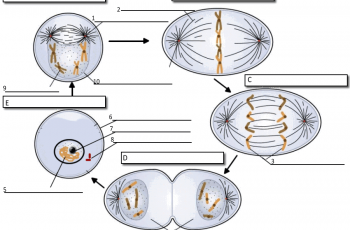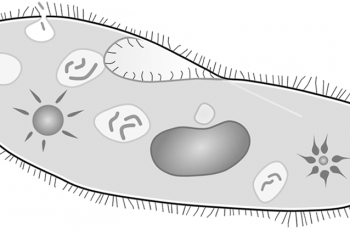Author: Shannan Muskopf
-
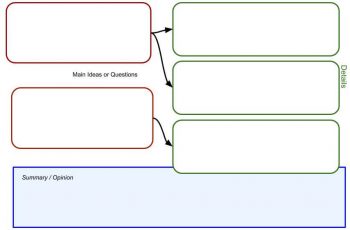
Video Lessons Graphic Organizer
This lesson introduces students to the idea of watching videos at home, taking notes, and then coming to class with understanding and knowledge to apply to a classroom activity, like a lab or discussion. Students watch a 4.5 minute TED Ed video and complete a chart on the main ideas and details.
-
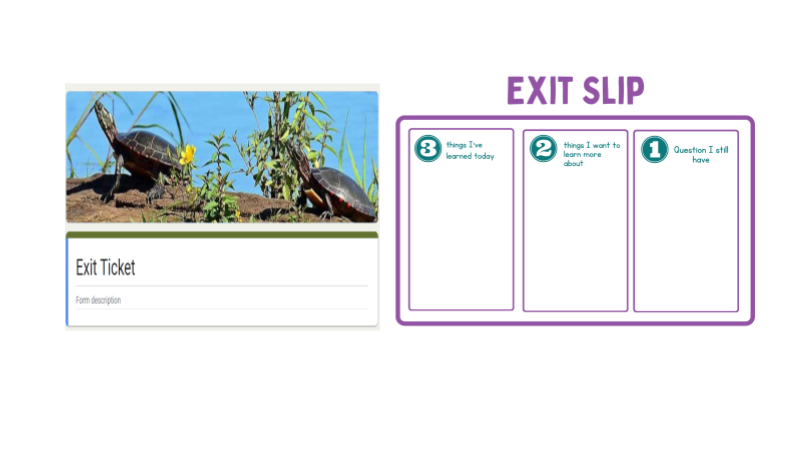
Exit Tickets in the Biology Classroom
Examples of using exit tickets in the biology classroom. Includes a template for a twitter exit ticket.
-
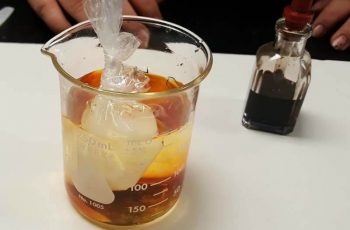
Investigation: How Can Diffusion Be Observed?
This investigation provides a hands-on way to observe what happens when a chemical moves across a semipermeable membrane. In this case, a cheap plastic bag serves as a model for the cell membrane and shows that iodine will move into the bag and turn the contents purple.
-
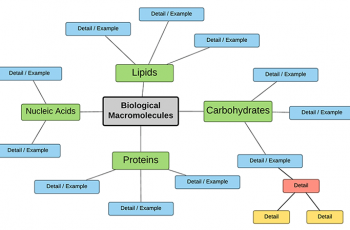
Create a Concept Map of Biomolecules
This activity asks students to work in groups to create a concept map (graphic organizer) on the biological macromolecules: carbohydrates, lipids, fats, and nucleic acids. Students are given brief instructions and a sample map to get them started, but they are responsible for determining what details are important in each section.
-
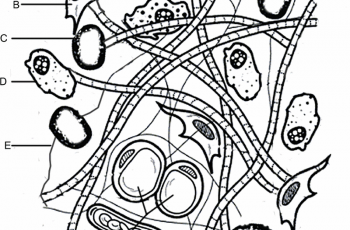
Color the Connective Tissue Matrix
This worksheet was designed for anatomy and physiology students to compliment a lesson on the body tissues. This coloring exercise is not intended to take very long and is mostly to help students gain an appreciation for the complexity of the matrix. The entire unit, which includes google slides and other resources can be seen…
-
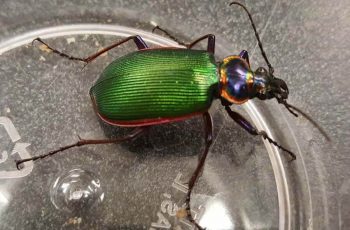
Investigation: How Do Insects Move?
Have you ever thought about how insects with 6 legs actually crawl? Human movement on two legs is pretty simple: left-right-left-right, but all insects have 6 legs attached to a thorax. In this activity, I ask students to observe an insect closely, usually a dubia roach.
-
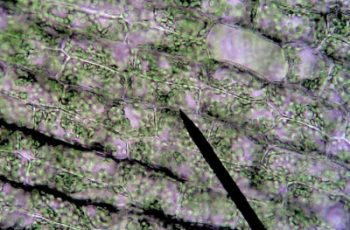
Using Anchoring Phenomenon with Lessons
Start lessons on osmosis with an activity and anchoring phenomenon. View cells exposed to salt and observe how they change!
-
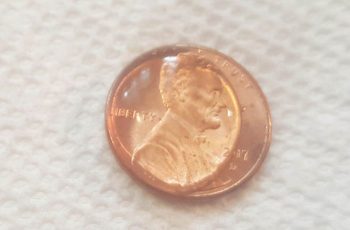
Penny Lab: Soap and Surface Tension
Most science classes begin the year with an exercise on the scientific method. It can be difficult to plan a short activity that will reinforce the main ideas of developing and testing a hypothesis. This lab is simple and doesn’t require much in the way of materials: pennies, water, and pipettes (and paper towels for…
-
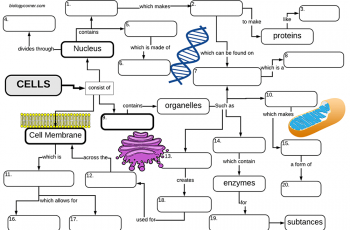
Cell Structures: A Graphic Organizer
This graphic organizer (concept map) organizes the cell structures around three main parts of the eukaryotic cell: the nucleus, cytoplasm, and cell membrane.
-

Science News Articles for Kids
Are you looking for current science for your students? This is a list of go-to sources for reliable science news.
-
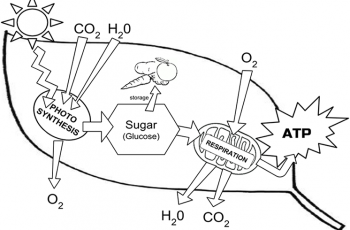
Photosynthesis Coloring
Students read short text passages and then color images to help them relate the textual information with the graphic.
-
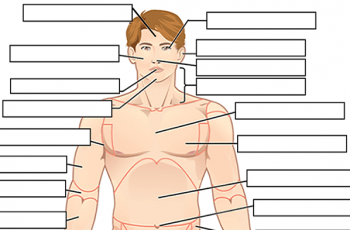
Label the Body Regions
This worksheet is used with a beginning anatomy unit that discusses anatomical terminology and body regions.
-
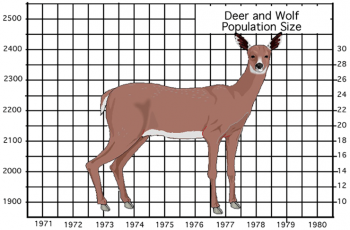
Deer: Predation or Starvation?
This activity asks students to calculate the population change (births – deaths) and then graph the number of deer and the number of wolves.


